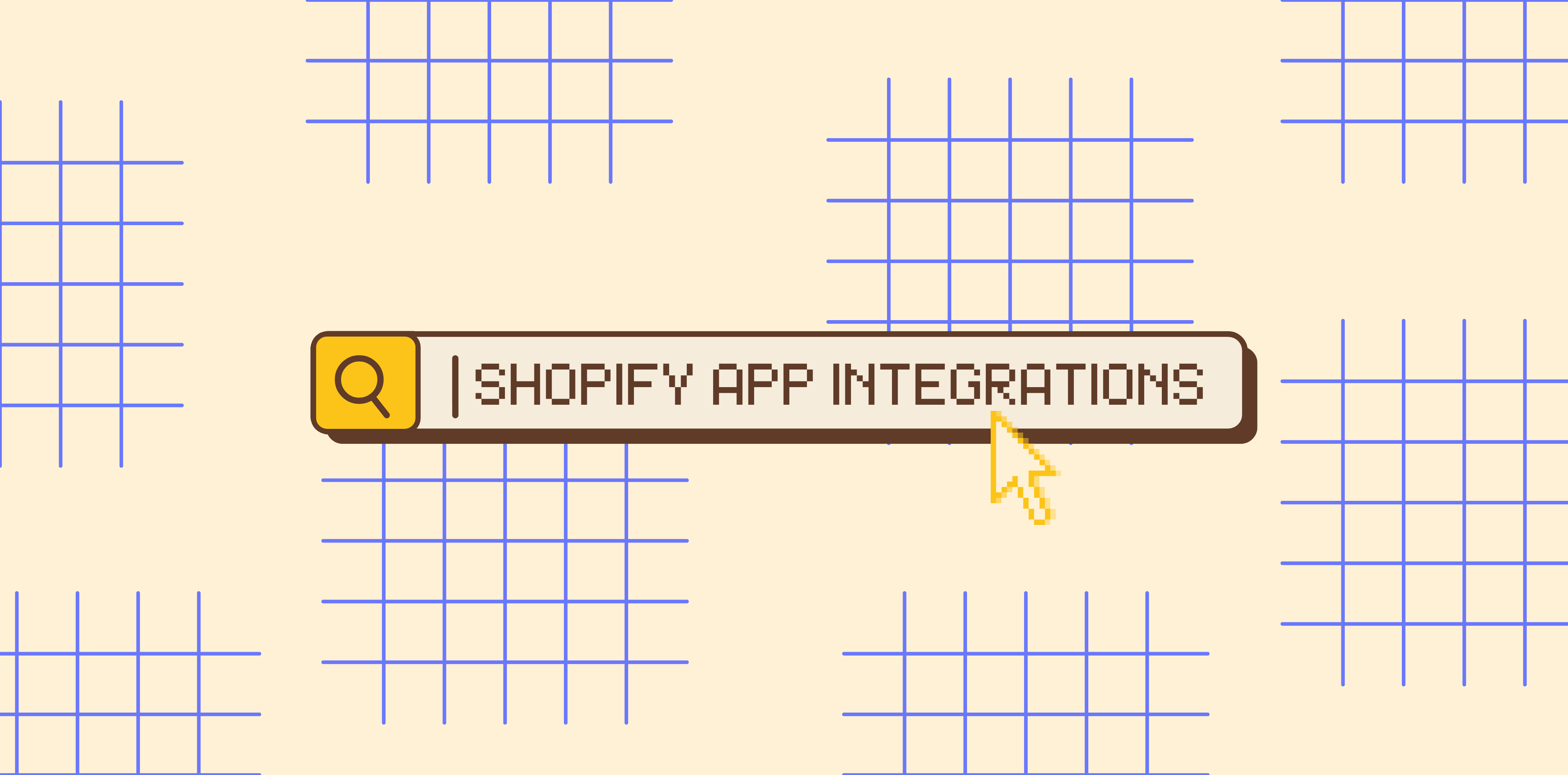In the ever-evolving landscape of ecommerce, building a profitable pricing strategy is like orchestrating a symphony that can significantly impact your success. Nowhere is this more evident than on popular online marketplaces, where the art of pricing can make or break your business.
This guide will dive into constructing winning pricing strategies on prominent marketplaces and blending expert insights with real-life examples to empower you on your ecommerce journey.
What are marketplaces?
A marketplace is a digital platform where multiple sellers and buyers come together to exchange goods or services. In a marketplace, sellers list their products or services, and buyers can browse, compare, and purchase from a wide range of offerings. Marketplaces can be specialized in specific niches or offer a diverse array of products and services.
Marketplaces can be found across various industries, from ecommerce platforms like Amazon and eBay to service-oriented platforms like Airbnb and Upwork.
Building profitable pricing strategies on leading marketplaces involves understanding market dynamics, competition, and customer behavior to set prices that maximize profits while remaining competitive in the marketplace ecosystem.

Understanding the dynamics of online marketplaces
Before diving into specific strategies, it's crucial to grasp the distinct nature of each marketplace and how consumers interact with each of them.
- Shopify: As a versatile ecommerce platform, Shopify empowers entrepreneurs to create online stores. This marketplace controls branding and customization, allowing sellers to establish unique identities. Effective pricing on Shopify involves aligning your products with your brand image and target audience preferences.
- Google Shopping: With Google Shopping, consumers directly access product listings when searching for specific items. Optimizing pricing here requires a strategic approach to ensure your products appear in relevant search results, capturing the attention of potential buyers.
- Amazon: Renowned for its vast customer base, Amazon offers unparalleled reach. Shoppers trust Amazon for convenience and variety. To thrive on this platform, competitive pricing and strong product listings can drive discoverability and sales.

Crafting your pricing strategy
Pricing strategies lie at the heart of any successful online retail or marketplace business. They encompass the art and science of determining the optimal price for products or services offered to customers. These strategies are not static; they are dynamic and require constant attention and fine-tuning. Why? Because pricing is more than just putting a number on a product. It's a complex dance that balances profitability, customer demand, competition, and market trends.
Online merchants must recognize that pricing isn't a one-and-done task; it's an ongoing process that can make or break a business. Because it's a strategic investment that can pay dividends in the ever-evolving world of ecommerce and digital marketplaces.
Know your costs:
To establish a profitable pricing strategy, you must first understand your direct and indirect costs. Consider the cost of goods, shipping, packaging, advertising, and any fees associated with the marketplace.
Failing to account for these expenses could result in selling at a loss. Fluctuations in production costs, shipping fees, and other expenses will affect future profitability. Cost-aware pricing decisions contribute to long-term financial stability and business success.
Research competitors:
Analyzing competitors' pricing can provide invaluable insights into market trends and consumer expectations. However, avoid undercutting to the point where your profits suffer. Instead, differentiate your offering through value-added features or superior customer service.
Leverage data analytics
Data is your North Star in crafting a profitable pricing strategy. Leverage analytics to gain insights into customer behavior, buying patterns, and market trends. Tools like Google Analytics, marketplace-specific dashboards, and third-party solutions can provide invaluable data-driven insights.

Competitive pricing vs. value-based pricing
Two predominant pricing approaches reign supreme—competitive pricing and value-based pricing. Competitive pricing involves analyzing your rivals' prices and positioning your products slightly lower to attract budget-conscious customers. However, it can lead to price wars, eroding profit margins.
On the other hand, value-based pricing focuses on the perceived value of your product. This strategy relies on understanding your target audience's pain points, desires, and preferences. You can justify a higher price point by highlighting unique features, quality, and benefits. Apple's products are a prime example of value-based pricing. They command a premium price because they consistently deliver a seamless user experience and brand cachet.
Dynamic pricing
Marketplaces are dynamic ecosystems, so a static pricing strategy might not always be optimal. Dynamic pricing involves adjusting your prices based on real-time market conditions, demand, and competitor movements. Airlines and ride-sharing apps have mastered this strategy, tweaking prices based on factors like time of day, season, and even weather.

Repricing apps can help you automate this process, ensuring you stay competitive without constantly monitoring the market.
Psychological pricing
Psychological pricing plays into human psychology to influence purchasing decisions. Strategies like "charm pricing" (ending prices in .99 or .95) create the perception of a lower price. For example, a product listed at $9.99 feels significantly cheaper than one priced at $10.00, even though the difference is just one cent.

Bundling and cross-selling
Bundling complementary products together can increase the perceived value of your offerings. Think of the famous "meal deal" in fast-food chains. By bundling a sandwich, fries, and a drink at a slightly lower price than if purchased separately, customers are enticed to buy more.
Cross-selling, on the other hand, involves recommending related products to customers based on their purchases. Amazon's "Frequently Bought Together" section is a prime example of this strategy in action.
The power of limited-time offers
Creating a sense of urgency through limited-time offers can stimulate quick buying decisions. Flash sales, seasonal discounts, and holiday promotions can incentivize customers to purchase before the opportunity vanishes.
How Pricing Mastery Works
Pricing mastery is the art and science of optimizing product or service prices to achieve maximum profitability and competitiveness in ecommerce. For online sellers, it involves a deep understanding of market dynamics, customer behavior, and cost structures. It's about finding the sweet spot where your prices not only attract buyers but also ensure healthy profit margins.
Pricing mastery goes beyond setting a fixed number; it's an ongoing process of adaptation and refinement. Online sellers who master the art of pricing continually monitor market trends, competitor pricing, and their own costs to make informed decisions that keep their offerings both appealing to customers and profitable in the highly competitive realm of leading marketplaces.
- Amazon's Algorithmic Pricing: Amazon is a pioneer in dynamic pricing. Its algorithm considers factors like competitor prices, demand fluctuations, and even conversion rates. This dynamic approach ensures that prices are always competitive and maximally profitable.
- Etsy's Artful Personalization: Etsy thrives on unique, handcrafted items. Sellers on Etsy often employ value-based pricing, leveraging the story behind their creations to justify higher prices. Personalization, authenticity, and limited availability contribute to the value proposition.
- Best Buy's Price Matching: Electronics retailer Best Buy employs a price-matching strategy to build trust and capture customers. They match the prices of products offered by competitors, ensuring customers feel confident that they're getting the best deal.
Understanding your customers
Building a profitable pricing strategy on popular marketplaces is a blend of art and science. It requires a deep understanding of your target audience, competitors, and market trends. The dynamic nature of online marketplaces demands constant adaptation, whether through dynamic pricing, psychological tactics, or value-driven approaches. By leveraging data analytics and learning from real-life examples, you can master the delicate balance between profitability and customer value, setting the stage for ecommerce success. So go ahead, and price your way to prosperity on these bustling digital platforms!
Melike Ulaman is a Marketing Content Specialist at Prisync. She has been writing about Shopify, Google Shopping, ecommerce, and pricing by focusing on smart strategies and finding best practices to improve the audience's viewpoint.









